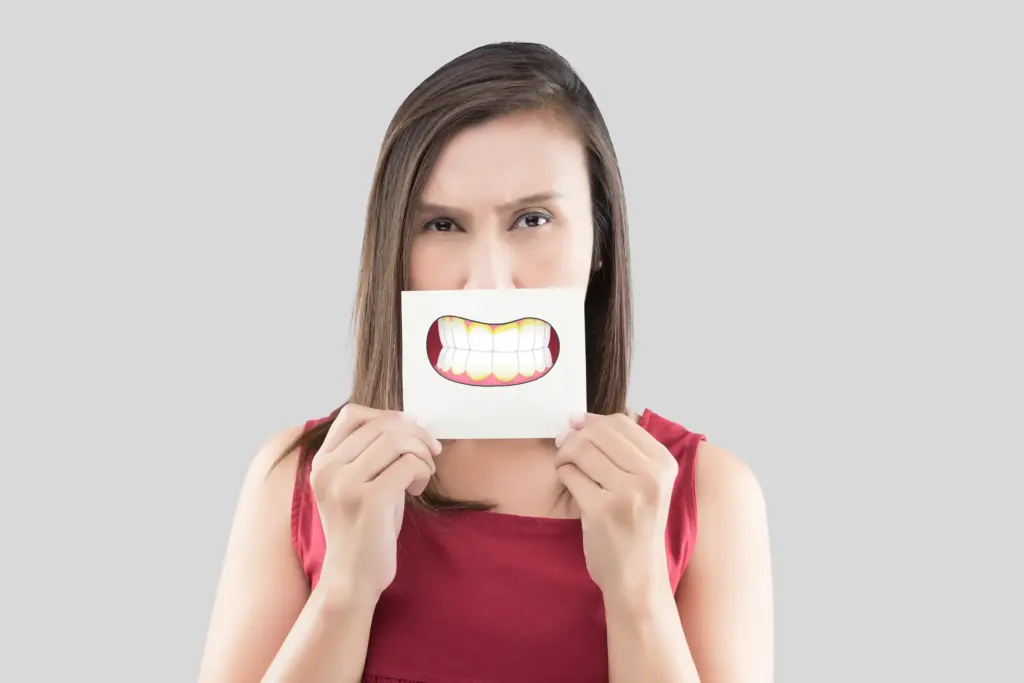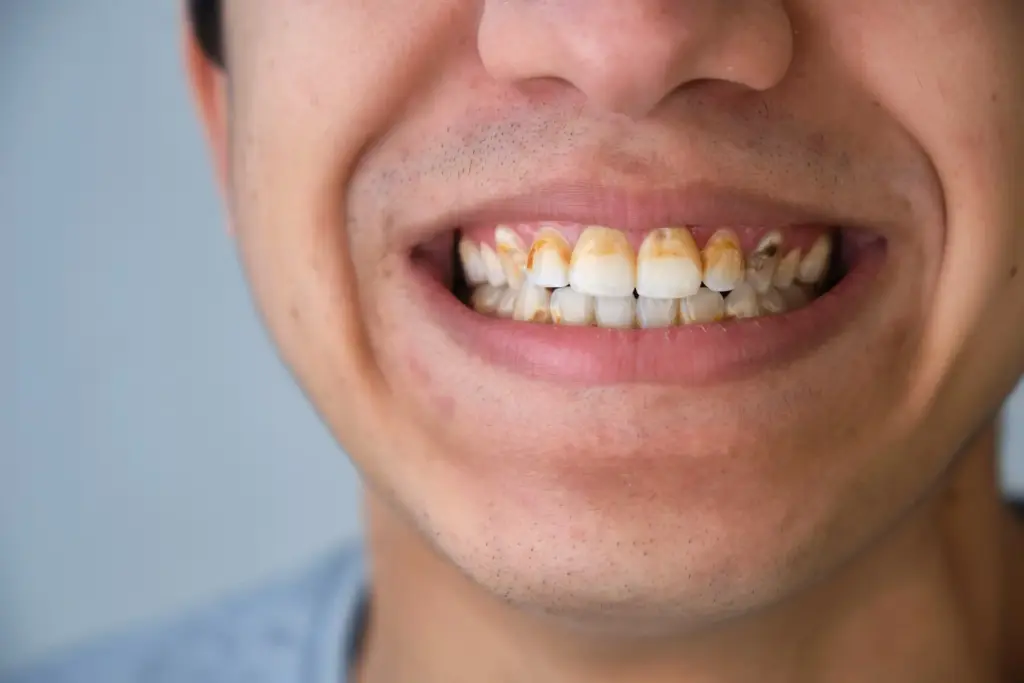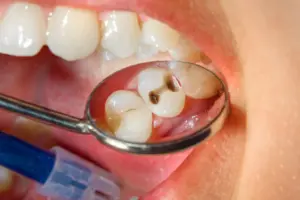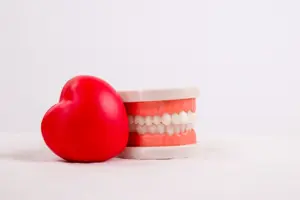
How to remove plaque: When it comes to keeping your teeth healthy, one word that you hear a lot is ‘plaque’. But what exactly is it, and why does it matter? This guide breaks down what plaque is, why it forms, how it harms your oral health, and the simple daily steps to remove it and keep it from coming back.
What is plaque?
Plaque is a soft, sticky film that forms on your teeth and along the gumline every day. It’s made of bacteria, tiny bits of food, and saliva. If it isn’t removed, plaque can harden into tartar, irritate your gums, and set the stage for cavities. You may not see it, but if your teeth feel a little fuzzy or rough when you run your tongue over them, that’s plaque building up.
Also Read | Wisdom teeth removal: What to expect before, during & after
Why is plaque a problem?
Plaque bacteria thrive on the sugars in your food and drinks. As they break those sugars down, they release acids that attack tooth enamel and, over time, can create cavities. Plaque also collects along the gumline; if it isn’t cleared away, it can irritate gums, making them red, puffy, and prone to bleeding when you brush.
Left in place, plaque hardens into tartar, a rough, yellowish deposit that clings to teeth. Unlike soft plaque, tartar can’t be removed with brushing alone and needs a professional dental cleaning.
What does plaque look like?
Plaque is usually colourless or faintly yellow, which makes it hard to spot at first. As it builds up, it can leave teeth looking dull or dirty, especially along the gumline and between teeth. If you want to spot plaque, use plaque-disclosing tablets from the pharmacy. Chew one, and the dye will highlight the plaque so you know where to brush more thoroughly.

How to remove plaque from your teeth?
Use a soft-bristle toothbrush with fluoride toothpaste and brush for at least two minutes, twice a day, including before bed. Don’t rush; clean every surface, including the front, back, and chewing sides of each tooth. Keep your strokes small and circular, and go gently along the gumline.
Remember, brushing reaches only about 60% of your tooth surfaces. The tight spaces between teeth are plaque’s favourite hiding spots; that’s where floss matters. Once a day (ideally before brushing), slide floss gently between each pair of teeth and curve it into a C-shape to hug the tooth on both sides. Skip flossing, and plaque will linger in those hard-to-reach areas.
Mouthwash isn’t a substitute for brushing and flossing, but it can be a useful extra. An antibacterial or fluoride rinse helps cut down bacteria and swish away leftover food particles.
Also Read | What your gums reveal about your health: Signs you shouldn’t ignore
Plaque is sneaky, not unstoppable. With consistent daily care and routine dental checkups, you can keep your teeth clean, gums healthy, and smile strong for life.








